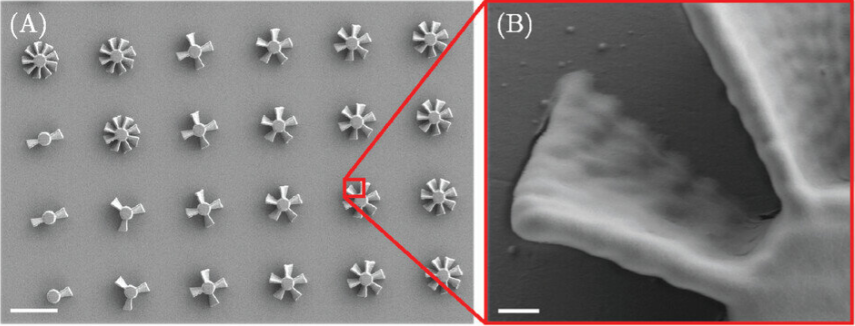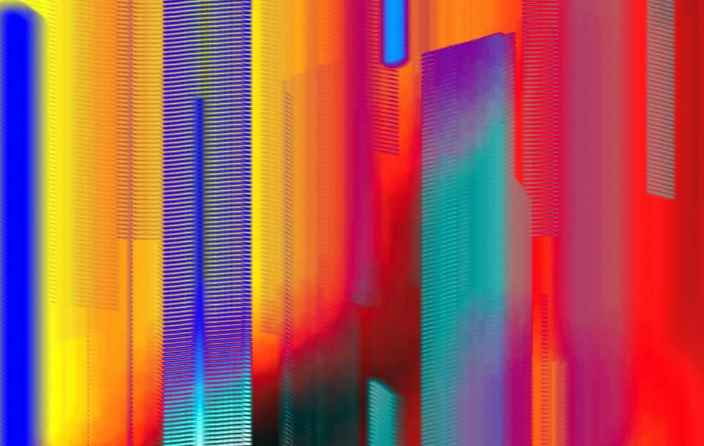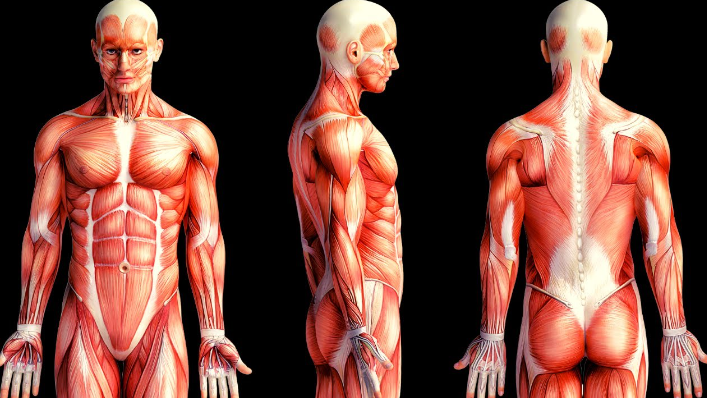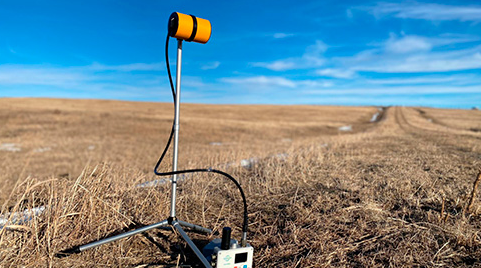Of spins and nanos, the art of directing tiny particles

Hey, scientific adventurers! They’re about to dive into a world where nanoparticles go as crazy as your pets when you try to give them a bath! But don’t worry, because this international team of researchers, led by the magnificent Igor Aronson, is here to bring order to the nano chaos. Imagine this: nanoparticles, those little beauties that could revolutionize drug delivery and lab-on-a-chip systems. But there’s a problem, they’re becoming unruly! They are moving randomly and without direction, like a GPS that takes you to the ice cream shop instead of the gym.
Then, astute Professor Igor Aronson and his team of scientific brains decided to get to work and put an unexpected twist on nanoparticles. How? Transforming them into propellers! Yes, as if they were little engineers working in the nano world. Ashlee McGovern, the chemistry PhD student, tells us that these particles used to be so boring, in the form of rods and doughnuts. But with a nano-etching machine (yes, that exists!) that 3D prints at the nanoscale, they were able to turn them into propellers. Why propellers? Because it turns out that chirality, something like right-handedness and left-handedness, can make these particles behave like dancers following a choreography. “Shape predetermines how a particle will move,” Ashlee tells us. So with these propellers, the particles dance to the rhythm we want!


But how do we control these nano dancers? With chemistry and magnetic fields, of course! Imagine having a remote control to direct the nanoparticles where you want them, Ashlee and the team discovered that with four or more fins, a specific pitch and a suitable thickness, the propellers are unstoppable, less than three fins, and they start spinning like crazy on the dance floor. Most excitingly, they can now use a magnetic field to hunt and collect charge particles. It’s as if these propellers were treasure hunters in the nano world! But that’s not the end of the scientific party, by changing the direction of rotation of the propellers, they can make them attract or repel each other. It’s like relationship drama in the nano world! “Which way is this relationship going – attraction or repulsion?”
Igor Aronson, the master of ceremonies of this scientific show, tells us that this is just the beginning. With this incredible control, they could apply this technology to microscopic devices and microrobotics in the future. Just imagine, microrobots dancing to the sound of science! So, in short, my intrepid readers, nanoparticles are having a party, dancing to the rhythm of chemistry and magnetic fields thanks to these scientific propellers. And who knows what surprises the nano future holds! Let’s keep exploring the tiny world of science!





Responses